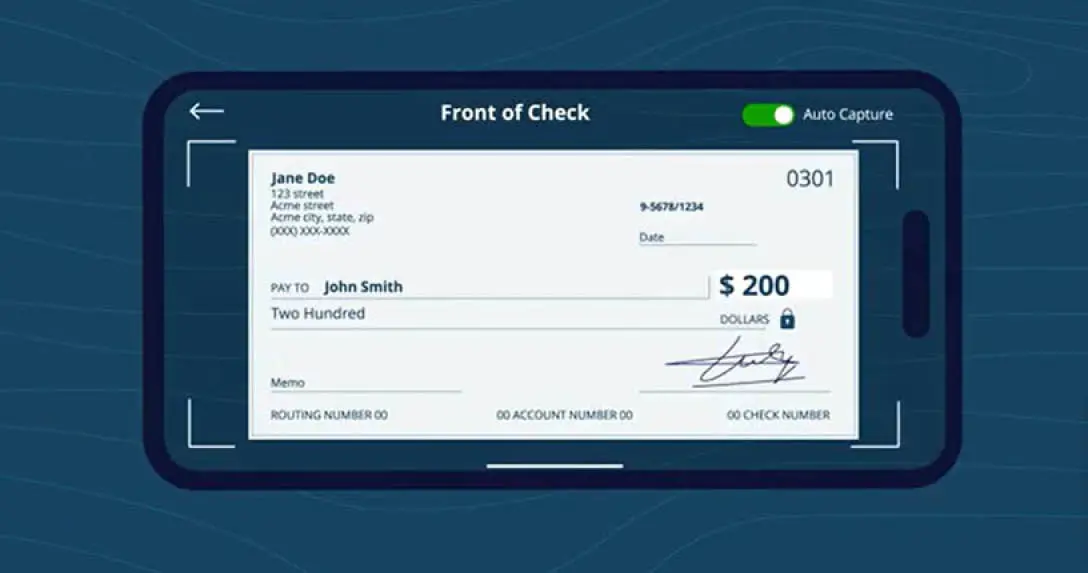
FDIC-Insured - Backed by the full faith and credit of the U.S. Government

FDIC-Insured - Backed by the full faith and credit of the U.S. Government
 VIEW ALL EDUCATION & INSIGHTS
VIEW ALL EDUCATION & INSIGHTS
February 12, 2016
From Bloody Execution to Teddy Bears: What V-Day Can Teach You about Your Brand Story

Gorgeous long-stemmed roses, chocolates in heart-shaped boxes, pink cards with calligraphed script expressing our undying devotion. Yep, Valentine’s Day is nearly here, and love is in the air. It probably seems like V-Day has always been about romantic candle-lit dinners with your honey. But believe it or not, its origins are a lot darker than that.
Much more believably, it all started with a guy named Valentine. The man and his life are shrouded in mystery, but what people generally agree upon is that he was a 3rd century Roman priest living under the cruel reign of Emperor Claudius II. Claudius, operating under the belief that unattached men made fiercer, more loyal soldiers, banned all marriages in Rome.
But according to some legends, our man Valentine didn’t agree with the edict; he defied the emperor and continued to marry young lovers in secret. When Claudius discovered his treason, he commanded the priest to renounce his faith or be executed. Valentine, of course, refused and he was brutally beaten with clubs, beheaded, and buried by the Via Flaminia. The year could have been anywhere between 269 and 280, but the day was February 14th. Valentine was martyred as a saint.
So how on earth did horrific execution turn into a day of snuggly teddy bears squeezing hearts to their chests? Well, it could be that St. Valentine protected romance, it could be that in the Middle Ages people believed birds started mating in mid-February, it could be that it’s the legacy of the pagan holiday Lupercalia, or even the product of PR “spin.”
No one’s certain. But we are certain of this. People have short memories. And if February 14th’s meaning can evolve from blood to love, you, too, can change your brand image. Whether you’re just starting out or repositioning your brand in the marketplace, you’ll have to tell a really good story.
The Search for Identity
Your brand story is all about how you’re perceived. So before you can change what people think about your company, you’ll have to figure out what that is. Start by surveying customers and non-customers regarding their brand awareness, what products/services they use, positive or negative experiences with your company, how they identify your niche and compare you to competitors, the first word they would use to describe you, etc. Also, “listen” to what’s being said about your business online with a comprehensive monitoring tool like Mention or SalesForce’s Marketing Cloud. You can isolate only those posts and tweets that mention your brand name or even campaign hashtags.
Once you’ve established how the public perceives you, you should pinpoint how you want to be perceived. What’s your brand story? According to experienced behaviorist and co-founder of BrandChamps, Fran Lytle, your brand story should consist of 3 components: personality, memorableness, and soul.
-
Personality: Like people, brands have personality. It’s the way you communicate, the way you relate to your customers. Your brand will fall into one of the following categories: sincerity (Dunkin’ Donuts, Allstate), excitement (Starbucks, Geico), competence (McDonalds, Google), sophistication (American Express, Tiffany & Company), ruggedness (Old Spice, Brawny.)
-
Memorableness: Volvo is associated with safety, Johnson & Johnson with authenticity. DisneyWorld is the happiest place on earth. What are you remembered for? How do you set yourself apart from the competition? When it comes to coffee, for example, Starbucks is all about the tribe, the cool experience. McDonalds’ McCafe, on the other hand, provides your reliable cup o’ Joe.
-
Soul: What do you believe in and care about? Why should customers care about you? Do you have an interesting origin story? A unique purpose? Check out The Body Shop and Warby Parker to see what real vision looks like.
Rewriting Your Story
Now you have to close the gap between who you are and who you want to be. But it’s not just about marketing or advertising. It has to start on the inside. Your brand story must inform every aspect of the business— from processes to print ads.
First, you’ll have to conduct an internal audit, in which you review your:
-
Processes: Where are your inefficiencies and how can you streamline them? Are all of your objectives aligned with the brand? Is your company structure working?
-
People: You need the right people behind the brand. Do they buy into your story and embody it fully? Assess your management’s leadership and their teams’ performance. Ensure that everyone from the top down is pulling their weight and moving the company toward its goals.
-
Products: Look for ways to improve your product/service features, styling, and even packaging (it's all about psychology!) Monitor your pricing and ensure that it's competitive. And most importantly, review your customer service and support. How quickly and well do you respond to customer complaints? Do you deliver an exceptional customer experience? Consider Southwest Airlines; they go the extra mile to make sure you're entertained.
Next comes your external persona. Of course you can give your website a face lift, reprint brochures, and create new ads, but the best way to change your brand image is on social media. Try sharing your origin story in a creative video. Post about causes you care about. Hold fun contests that promise a benefit while upholding the brand. Employ your new brand story (personality, memorableness, and soul) in every post and tweet and pin.
You may also want to partner with centers of influence to sway public opinion. They can encourage positive word of mouth, recommendations, and reviews. For example, restaurants enlist the help of food bloggers and critics to improve their image. Retailers elicit powerful celebrity endorsements.
And They Lived Happily Ever After…
You’re never finished writing your brand story; it’s always evolving. Continually monitor your customers’ perceptions, keep your finger on the pulse of what they need, and act quickly to address customer complaints and negative brand experiences.
The good news is that no story is written in stone. Not even St. Valentine’s— perhaps especially, St. Valentine’s.








 Views
Views



 Go Back
Go Back











